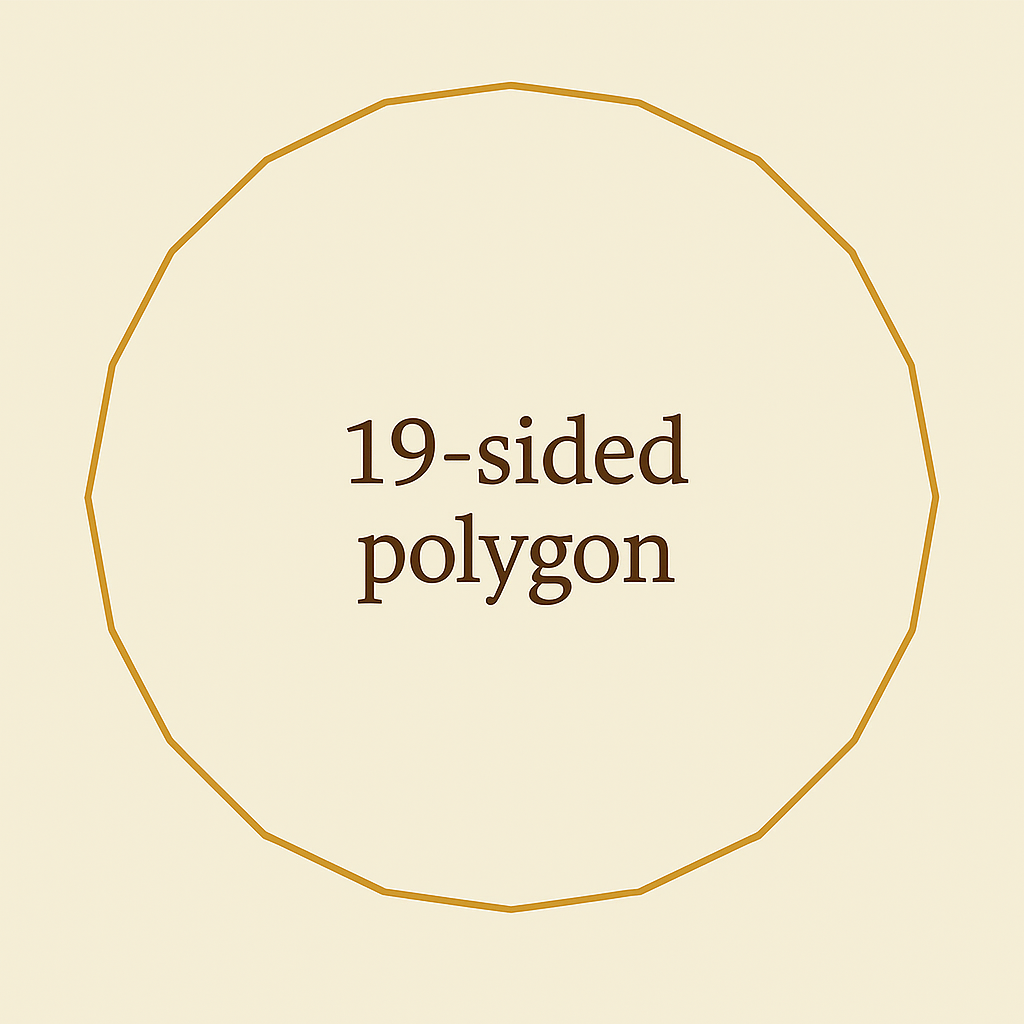Different from Numerology
The mathematical system of the Quran has no connection with numerology, which is often confused with it. Numerology is an unscientific approach that assigns metaphysical meanings to numbers. The mathematical system in the Quran, however, is based on findings that are scientifically testable, verifiable, and repeatable.
Numerology
- Based on subjective and speculative interpretations
- Not scientifically testable
- Varies from culture to culture
- Believes in metaphysical properties of numbers
- Assumes that numbers influence fate
Quranic Mathematical System
- Based on objective and mathematical findings
- Scientifically testable and verifiable
- Based on universal mathematical principles
- Examines actual relationships of numbers and structure
- Shows systematic and consistent coherence
Anne Marie Schimmel from Harvard University summarizes the principles of numerology as follows: (1) Numbers define or influence the character of the entities they order, (2) Numbers become intermediaries between God and creation, (3) Certain operations with numbers can influence the realm of existence. The mathematical system in the Quran, however, is not based on such mystical claims but on the objective examination of numerical structures in the text.
Numerical Harmony in the Quran
In 1967–68, Egyptian scholar Abdurrahman Neufal discovered a striking harmony in the repetition counts of words in the Quran. This mathematical harmony is sometimes directly related to word meanings, and in some cases, shows symmetrical patterns between pairs of similar or opposite meanings. With contributions from Dr. Rashad Khalifa, this discovery served as a precursor to the emergence of the 19-based code in 1974.
The Word "Day"
يَوْم
The word "Day" (يَوْم) appears 365 times in the Quran — equal to the number of days in a year!
The Word "Month"
شَهْر
The word "Month" (شَهْر) appears 12 times in the Quran — just like the number of months in a year!
The Word "Days" (Plural)
أَيَّام
The plural "Days" (أَيَّام) occurs 30 times in the Quran — similar to the average number of days in a month!
World and Hereafter Balance
The words "World" and "Hereafter" appear exactly the same number of times (115) in the Quran. This equality symbolizes the balance between this world and the next.
Angel and Satan Balance
The words "Angel" and "Satan" also appear the same number of times (88) in the Quran, reflecting the cosmic balance between forces of good and evil.
These examples show that the word choices and repetitions in the Quran are not random, but part of a carefully planned structure. This numerical harmony is an important finding that was noticed before the discovery of the 19 code and later formed a foundation supporting the 19 system.
Numbers in the Quran and Their Properties
There are 30 different whole numbers and 8 different fractional numbers in the Quran. The use and distribution of these numbers also show remarkable features. For example, when we add all the whole numbers that appear in the Quran without repetition, the result is 162,146 (19×8,534).
All Numbers in the Quran
Whole Numbers
30
different whole numbers
Fractional Numbers
8
different fractional numbers
Total Different Numbers
38
19 × 2
Sum of Whole Numbers
The sum of all different whole numbers in the Quran:
1, 2, 3, 4, 5, 6, 7, 8, 9, 10, 11, 12, 19, 20, 30, 40, 50, 60, 70, 80, 99, 100, 200, 300, 1000, 2000, 3000, 5000, 50000, 100000
Interesting Number Expressions
Numbers in the Quran are sometimes presented with interesting mathematical expressions. For example, Prophet Noah's age of 950 years is expressed in verse 14 of Surah Al-Ankabut as "a thousand years minus fifty":
"We sent Noah to his people, and he stayed with them one thousand years, less fifty.* Subsequently, they incurred the flood because of their transgressions." (29:14)
This form of expression is not just a literary choice, but also a deliberate preference that allows the numbers 1000 and 50 to be counted separately in the mathematical system instead of 950. This shows that the numerical system in the Quran is carefully designed.
The careful selection of numbers and mathematical expressions used in the Quran shows that no detail of this sacred text's structural organization is random. This numerical harmony forms a foundation that helps us better understand the 19 code that would be discovered later.
Odd and Even Numbers Balance
The reference to "odd and even" concepts in the first verses of Surah Al-Fajr (The Dawn) draws attention to another dimension of the numerical order in the Quran. Researchers have discovered that odd and even numbers show a balanced distribution in the structure of the Quran's surahs and verses.
The Quran's Numerical Structure
Total Verses
6346
19 × 334
When we add each surah's verse count to its sequence number in the Quran, exactly 57 odd and 57 even numbers are found among the resulting numbers.
Odd and Even in Surah Al-Fajr
وَالْفَجْرِ، وَلَيَالٍ عَشْرٍ، وَالشَّفْعِ وَالْوَتْرِ
"By the dawn, and by ten nights, and by the even and the odd..." (89:1-3)
These verses draw attention to the importance of odd and even numbers within the Quran's numerical system. Modern research has shown that the distribution of odd and even numbers in the Quran's structure is within a mathematical balance.
This entire structure highlights a mathematical balance in the Quran. It forms a basis for understanding the 19-based system more clearly, which will be examined in further detail in the next sections. The 19 code represents the most striking and systematic layer of this structure.


